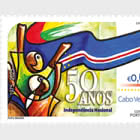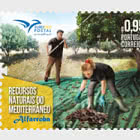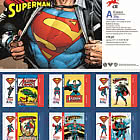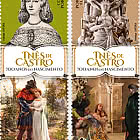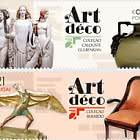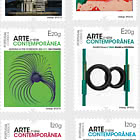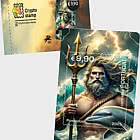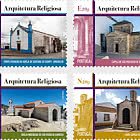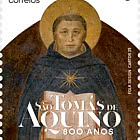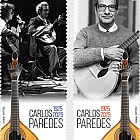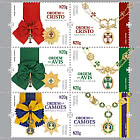By official decision of the UN, the year 2014 was declared the International Year of Crystallography. This ephemeris is jointly organized by the International Union of Crystallography (IUCr) and UNESCO and aims to create a link between two other initiatives of this sort: the International Year of Chemistry, held in 2011, and the International Year of Light, which will be celebrated in 2015. As such, these three worldwide celebrations fall into the strategic guidelines of the International Program of Fundamental Sciences of UNESCO, in collaboration with other scientific programs of the Organization, such as the International Geoscience Program, designed to further knowledge of this Science within Society and of its vital contribution to our well-being on this planet.
Historically, the first references on Crystallography date back to antiquity, when Aristotle (384-322 a.C.) said ice was crystal (krystallos in Greek). Already in the late eighteenth century, crystallography was understood as the science that studied the crystalline field. And since the nineteenth century, the word crystal came to be applied to solids, mineral or organic polyhedrons, whether natural or artificial, and eventually became generalized to the entire portion of solid matter, limited or not by planar facets, whose internal structure is characterized by the periodic repetition of a motif (composed of atoms) in the three directions of space. More recently, Crystallography went from analyzing the outer shape of the crystals to theorizing about its internal structure, i.e., its object of study went from the geometric properties of crystalline polyhedrons to the description of the ideal crystal structures and, currently, to the study of their real structures, properties and dynamics. The celebration of the International Year of Crystallography also aims to celebrate the centenary of the birth of X-ray crystallography, honouring the pioneering work of Max von Laue and William Henry Bragg/William Lawrence Bragg and the 50th anniversary of the Nobel Prize awarded to the scientist born in Cairo, Dorothy Hodgkin, for the work on vitamin and penicillin.
However, although Crystallography is today basilar to all Fundamental Sciences (Chemistry, Physics, Mathematics, Biology and Geology), it remains relatively unknown to the general public. One of the goals of this anniversary is to promote education and public awareness of the importance of this science by conducting various activities worldwide, such as this stamp issue.
In this context, we should note the fact that in the last hundred years, 45 scientists have won Nobel Prizes for their work related to crystallography. Thanks to their work, crystallography has become transversal and fundamental to all sciences. Nowadays, it remains a fertile ground for new and promising research, since it is fundamental to the development of almost all new materials used in our everyday lives. Thus, it is intended that each stamp demonstrate the application of crystallography in fundamental science, for example the study of the crystal structure of haemoglobin, caffeine, sodium chloride, and chalcopyrite or the Patterson function.








